Ampacity at ΔT, depends greatly on supplier quality and tolerance for dimensions, plating thickness and cost. Conductive fill is now an unnecessary cost if you simply have more plated laser holes with the better suppliers. ( yet necessary for others) or even hole in pads. ( which adds a day in cycle time)
Without specs for cost, quality, and volume, there is no single answer.
There are at least 5 different groups of suppliers for different markets of cost vs volume vs quality.
Technology is rapidly changing from UV exposed dry film to UV lithography. Choose a supplier with proven technology and experience and don't be a beta case unless you are pushing the envelope.
Here is a calculator
The best are Sierra Proto Express who say...
The current standard aspect ratio for a micro via is
0.75:1. (The micro-via diameter should be larger than the height
of the material it is penetrating to the next adjacent layer.)
The first few micro designs had big fillets from the 30 micron trace to the pad. Over time, it has proven unnecessary; routing the trace direct to the pad is very strong and reliable. The extra fillets have just proven to increase image writing time and costs.
Small vias: there is a physical limit to the size of microvias. Below 50 microns (2 mils) the plating solution will not properly plate the hole wall, resulting in poor via quality. Our laser can drill holes as small as 20 microns, but we can’t plate them. The thickness of the laminate controls the minimum diameter of the vias.
Utilizing new micro circuit design technology instead of the normal printed circuit technology results in significant real estate savings.
The best pitch available today with typical 75 micron line widths is approximately 0.5mm resulting in a 75 micron (3 mil) via with 75 micron lines and a 250 micron (10 mil ) pad. The space between the pads is 225 microns (9 mils ) allowing only one 75 micron line between pads and this minimum specification is tough for most shops.

Small vias: there is a physical limit to the size of microvias. Below 50 microns (2 mils) the plating solution will not properly plate the hole wall, resulting in poor via quality. Our laser can drill holes as small as 20 microns, but we can’t plate them. The thickness of the laminate controls the minimum diameter of the vias, with an upper limit of 2:1 for plating micro-vias.
For example, a three-mil microvia is limited to a six-mil thick laminate with respect to plating. There is also a limit of how deep our Yag laser can drill a via. As the diameter decreases so does the ability to penetrate the laminate for a clean hole. A three-mil via is limited to a four to five mils depth in FR4 and six to seven mils in a glass free laminate used in HDI applications. All about the microvia is not necessarily bad. The microvia may not be able to be as small as the traces, but we can add a sweetener to the pot since the annular ring around the microvia can be significantly smaller.
The first thing we noticed when we produced our very first micro PCB was that the vias were dead center in the pad. The design used a nine-mil pad and a three-mil via which is tight for conventional printed circuit engineering. The new, more accurate laser manufacturing method would allow as small as a five-mil pad with a three-mil via, thus saving an enormous amount of board area.
There are a few companies moving into microelectronic printed circuits; the very fine lines that used to be unavailable to the designers will now become mainstream, with the old absolute minimum line width of 75 microns (3 mils) giving way to 30 microns (1.2 mil ) or less.
track size
Micro electronic printed circuit manufacturers are unable to use the standard old dryfilm, plate and etch process to make lines under 75 microns reliably. Photolithography is the method of choice to generate these very fine lines and spaces.
Sierra Circuits can do <20 micron (0.8mil) track and gap with 2:1 ratio on laser holes for dielectric/copper thickness ratio, using Kapton.
Very fine lines of 30 microns cannot, for obvious reasons, use normal one ounce copper. At Sierra we have manufactured 25 micron lines using 18 micron thick copper.
Ref's

